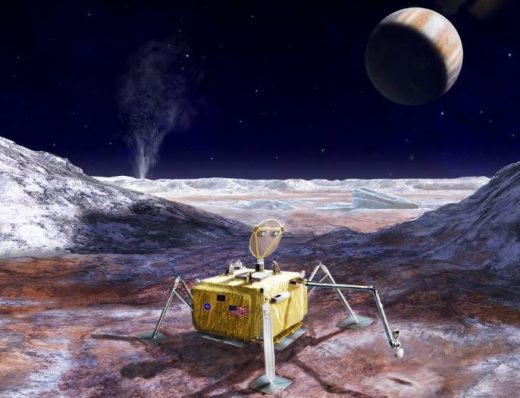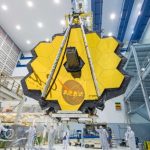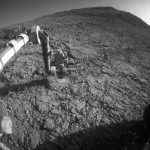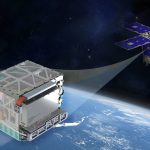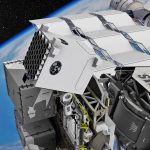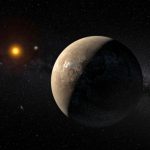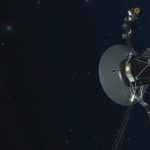NASA Planning To Drill Into Jupiter’s Smallest Moon Europa To Search For Extraterrestrial Life
NASA Planning To Drill Into Jupiter’s Smallest Moon Europa To Search For Extraterrestrial Life
Europa – the smallest of the four Galilean moons orbiting Jupiter and the sixth closest to the planet – has been the subject of discussion among astronomers for quite some time now. Discovered in 1610 by Galileo Galilei and named after Europa, the mother of King Minos of Crete and lover of Zeus, Europa is the sixth-largest moon in our Solar System. It’s primarily made of silicate rock and has a water-ice crust.
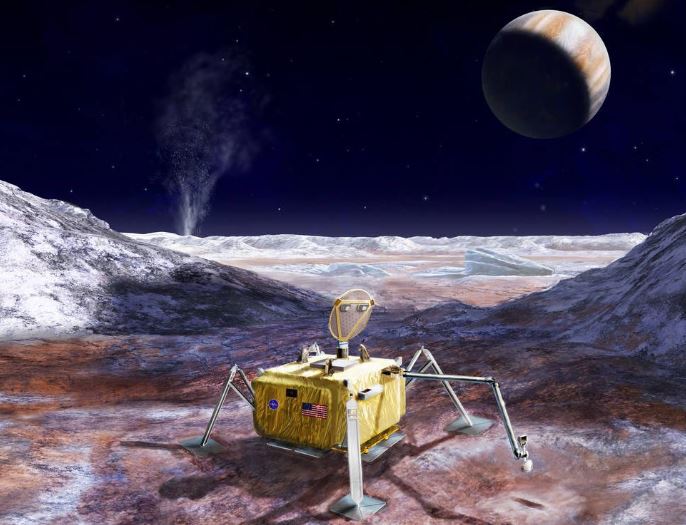
NASA planning to drill into Jupiter’s smallest moon Europa
NASA’s Planetary Science Division Team has been working on developing a plan to explore the possibility of drilling into Europa. For long, Europa has been considered one of the few places in the Solar System to have what’s needed to support some kind of life. Last week NASA received science report on Europa lander concept – a report that explores the potential value of a lander on the surface of Jupiter’s icy moon Europa. After a congressional directive in 2016, the Planetary Science Division Team has been busy assessing the science value and engineering design of a future Europa lander mission.
Why land on Europa?
The upcoming Europa landing mission has three main goals – firstly, to search for alien life on Europa; secondly to assess the habitability of Europa by analyzing material from the surface and thirdly to characterize the surface and subsurface to support future robotic exploration of Europa and its ocean. Scientists have chosen Europa because there is strong evidence about the smaller-than-Earth’s-moon having a global saltwater ocean beneath its icy crust. It’s estimated that the ocean has at least twice as much water as Earth’s oceans. What makes Europa special is the fact that it’s one of only two places where the ocean is understood to be in contact with a rocky seafloor. The only other moon in our Solar System to have this feature is Saturn’s moon Enceladus.
SDT (Science Definition Team) members have been working with NASA to design a probe capable of drilling up to 4 inches on the icy crust of Europa. The mission aims at collecting samples for analyzing the possibility of alien life. Future missions are expected to drill further into the ocean. “This mission would significantly advance our understanding of Europa as an ocean world, even in the absence of any definitive signs of life, and would provide the foundation for the future robotic exploration of Europa”, the report says.
The post NASA Planning To Drill Into Jupiter’s Smallest Moon Europa To Search For Extraterrestrial Life appeared first on MobiPicker.
(40)

